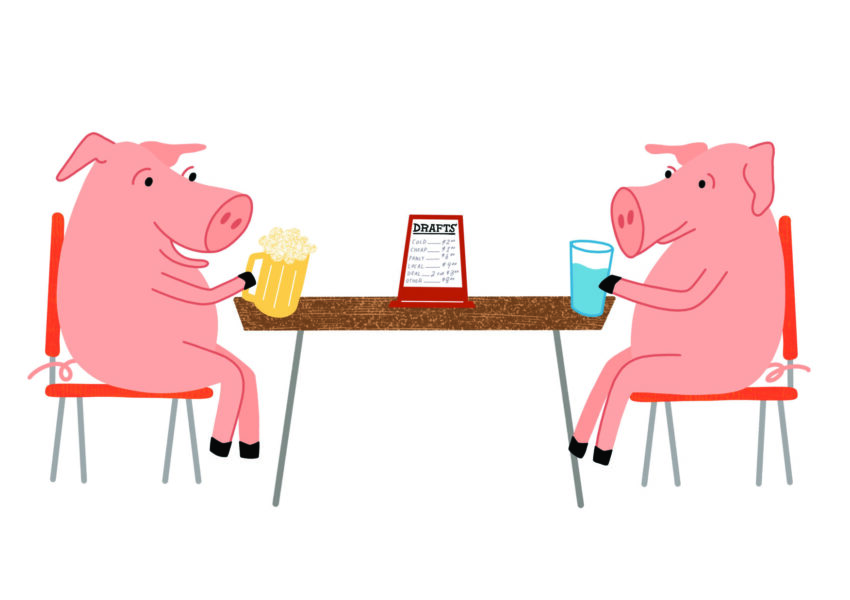Rings of Fire Why draw lines when there’s room for everyone?
by Adrian Miller
![]()
I’m a late bloomer when it comes to thinking about barbecue, about comprehensively giving shape to its economic, historical, and social dimensions. My deepest thinking about barbecue used to be, “Dang! That’s really good!” Then, in 2002, I learned about the Southern Foodways Alliance. That year, I signed up for my first SFA event, the Taste of Texas Barbecue Field Trip.
So many good things came out of that experience. I fell in love with the SFA and its mission. I was welcomed into a community. I met many friends whom I still claim to this day. I got to know people who taught, and continue to teach, me about barbecue.
My stroke of genius was bringing along ziplock bags and a cooler so that I could gather leftovers from our visits. I knew the restaurants would overdose on hospitality, and I wanted to be prepared. Back home in Denver, my family was ecstatic when I laid out my feast on the dining room table. The trip also spurred me to research and write a book that celebrates African American barbecue culture and restores our rightful place in barbecue’s storied history. This issue is a coda to that book, Black Smoke, published in April 2021.
Editing these essays got me thinking about the line-drawing that happens in barbecue. I’m not talking about the lines we form when waiting for ribs or brisket. I’m talking about the collective energy we put into disagreeing about what barbecue is, how it’s made, who used cook it, who cooks it now, where it fits on a map, how it’s spelled, and what it might look like in the future. Ultimately, barbecue’s true terroir is common ground.
Ultimately, barbecue’s true terroir is common ground.
The best path to agreement is to steer away from saying barbecue is one thing. Barbecue, as you will read in the essays that follow, is many things. Sociologist John Shelton Reed channels an old-school vibe to take stock of the state of the cuisine. Writer Debra Freeman and photographer Joshua Fitzwater remind us of barbecue’s Virginia bloodlines. This issue’s contributors also blur, redefine, expand, and color outside of well-established lines. Titus Ruscitti gives us a glimpse of a lesser-known, hyper-local style of barbecue native to southern Illinois. Gustavo Arellano urges us to take a harder look at California’s Santa Maria barbecue scene. Chefs Pierre Thiam and Amanda Yee show what can happen when barbecue gets a passport. We also expand barbecue’s horizons. Latria Graham explores plant-based barbecue, Michael Twitty opens our eyes to kosher barbecue, and Farhan Mustafa puts a ritual Muslim goat feast in conversation with the pork barbecue of his Eastern North Carolina childhood. We shine a spotlight on Michelle Wallace, executive chef at Gatlin’s BBQ in Houston, Texas, and John T. Edge explores barbecue vernacular architecture.
Expect a deep dive into the diverse world of barbecue, atypical of most food writing fare. In these pages, context shifts, imagination stretches, and one departs from barbecue norms. Yet, from all our exploration, we see the through lines that reconnect us and return us to the American South. At the end of our journey together, we give each other a knowing nod that there’s plenty of room at the cookout for everyone.
Adrian Miller is a writer, lawyer, nonprofit director, and certified barbecue judge.
SIGN UP FOR THE DIGEST TO RECEIVE GRAVY IN YOUR INBOX.




